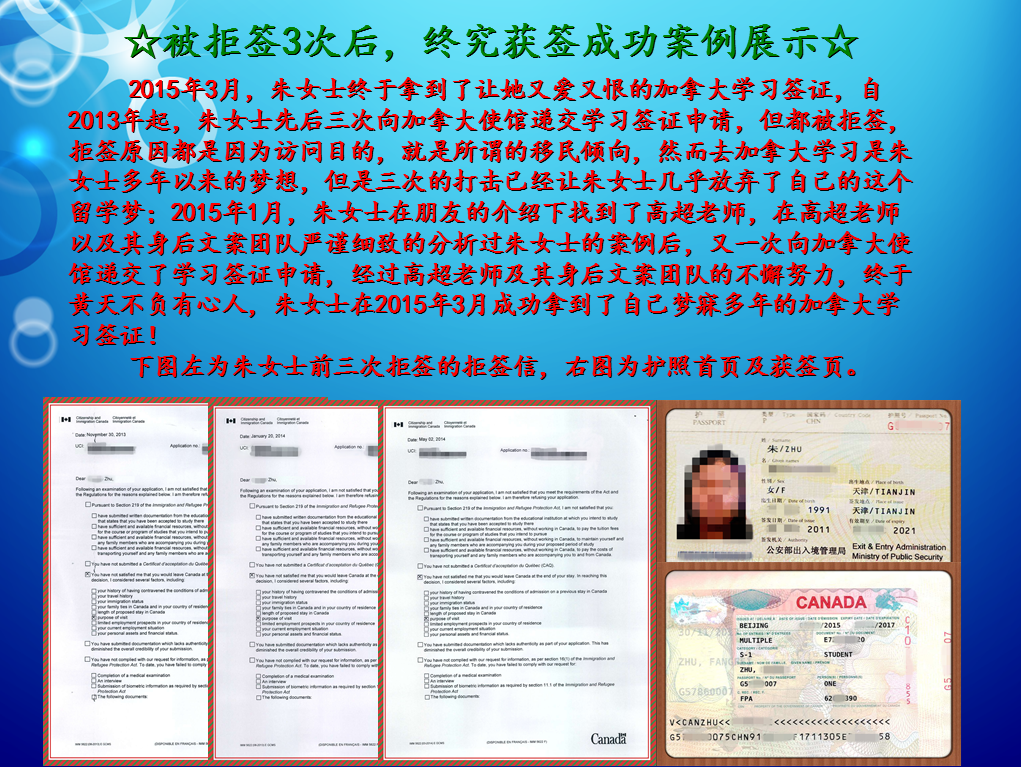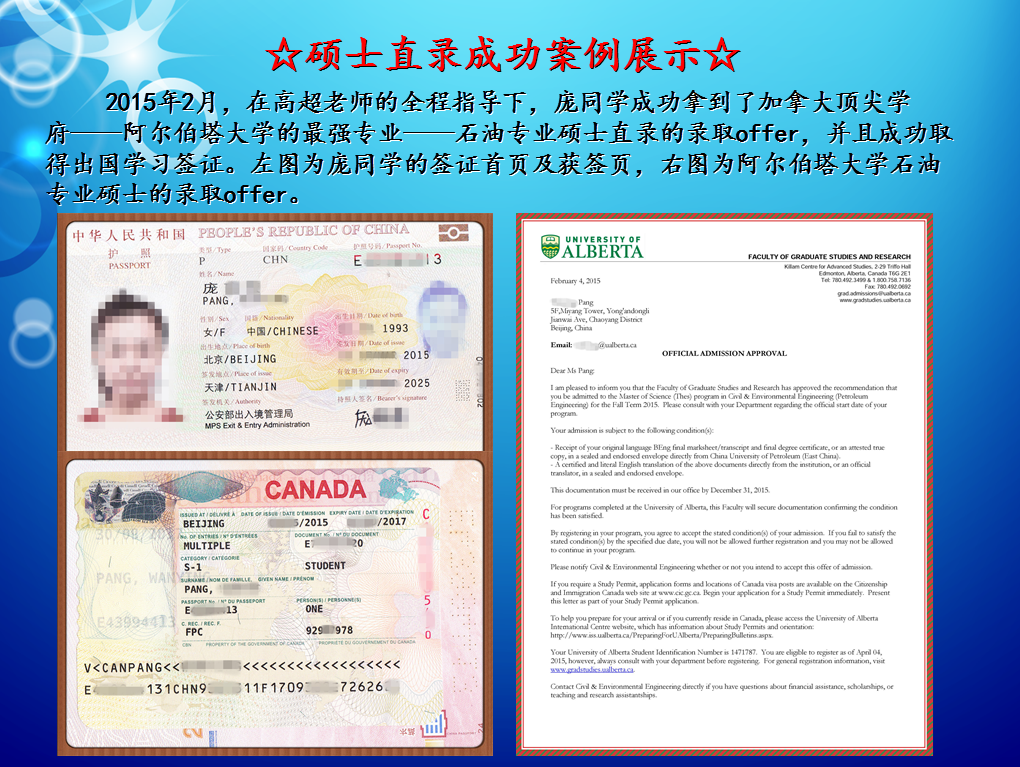【双语阅读】1月是不是北京空气污染最严重月份?.
2017-08-14 372阅读
Beijing&aposs Murky Air-Pollution Measures
Was January Beijing&aposs worst-ever month for pollution?
The question is no doubt on the minds of residents as February brings merely &aposunhealthy&apos levels of dangerous airborne particulate matter in place of a slew of January days officially classified as &aposhazardous&apos--or worse. But the question proves difficult to answer, providing a glimpse into the difficulty of quantifying China&aposs pollution problems.
By some measures, January 2013 can claim a title to be at least a recent high. The U.S. embassy in Beijing has since February 2008 tracked dangerous small particles called PM2.5. However, the embassy doesn&apost disclose historical readings.
Michael Isvy, a web developer who has tracked the data since 2011 for the foggybeijing.com website, says PM2.5 readings averaged 199 for January, easily the highest in his data set. The next highest is February 2011, with a PM2.5 reading of 158.
Mr. Isvy&aposs data consists of tweets from the U.S. embassy&aposs air monitoring station sampled two or three times a day since early 2010. He began to record hourly readings in November 2011.
Mr. Isvy doesn&apost claim to be an environmental expert but says he started the website after he couldn&apost tell whether Beijing&aposs air was getting better based on the U.S. embassy Twitter feed. He said he was surprised after analyzing the data to find that both average AQI and PM2.5 levels in Beijing have gradually improved every year since 2010. Beijing&aposs average AQI was 145 in 2012 compared with 151 in 2011 and 160 in 2010.
&aposBeijing&aposs air quality was getting slightly better, but because of January, I&aposm not sure if things will follow the same trend as bore [in 2013],&apos he said.
However, comparing average AQI levels by month may not be the best way to analyze the trend, says Steven Q. Andrews, a Beijing-based environmental consultant who has studied Beijing&aposs air pollution for six years. Mr. Andrews said a better approach may be to simply tally the number of days in January when pollution levels rose above an AQI of 200 and compare that with previous months.
For years Chinese authorities have calculated an air-pollution index, or API, based on particles called PM10, which are larger than PM2.5 particles and therore considered less dangerous. (To be clear, China Real Time prers to breathe neither.) Between 2009 and 2012, Beijing endured between four and six days a year of what it called &apossevere&apos air pollution at API readings of above 200, according to China&aposs Ministry of Environmental Protection.
Mr. Andrews says the city in January endured 14 days where average daily index readings were above 200. Both China and the U.S.--whose indexes top out at 500--warn that people with heart or lung disease, along with children and older adults, should avoid going outdoors at those levels.
Still, China&aposs data have come under significant criticism in the past from Mr. Andrews and others, for understating the true intensity of China&aposs pollution problems.
The surge in days in January past 200 is driven in part by China&aposs move to fix that problem. From Jan. 1, Beijing&aposs municipal government switched to a new index that calculates an air-quality index based on concentration of PM2.5. The move, which appears to be a genuine fort to more directly address China&aposs pollution problem, nonetheless makes historical comparisons difficult.
Although Beijing recorded higher AQI levels in January due in part to the stricter PM2.5 measurements, Mr. Andrews said that even by conservative standards, Beijing probably endured nine days of what China considered as &apossevere&apos air pollution based on the older API standard--more than any entire year since 2007.
Some at China Real Time still remember the pre-Olympics era of deep haze in the city and wonder whether the current problems match up with those earlier days. But no doubt January can claim shamul status for a country still moving to grapple with its deep environmental woes.
Wayne Ma
【中文对照翻译】
今年1月份是不是北京污染最严重的一个月?
Reuters1月14日,雾霾中的中央电视台大楼。随着2月份刚开始的时候危险粉尘只达到“不健康”水平、而不再像1月份那样一连几天都达到官方划定的“有害”或更严重水平,北京居民无疑会思考上面这个问题。但事实证明这个问题很难回答,由此可见中国污染问题的量化是多么困难。
从某些指标来看,2013年1月份的污染程度至少可以说是近期最高。美国驻华大使馆从2008年2月开始跟踪名叫“PM2.5”的危险小颗粒,但它并不披露历史数据。
网站开发人员伊斯维(Michael Isvy)从2011年开始为foggybeijing.com网站跟踪这些数据。他说,1月份PM2.5平均读数为199,在他搜集的数据当中轻松摘得第一。第二高是2011年2月,那个月的PM2.5读数是158。
伊斯维的数据包括美国驻华大使馆空气监测站2010年年初开始每天取样两到三次时发布的推特(Twitter)信息。该使馆从2011年11月开始记录每小时读数。
伊斯维并未自称环境专家,但他说,由于无法从美国大使馆推特信息得知北京空气质量有没有变好,他便成立了这个网站。伊斯维说,他在分析数据之后吃惊地发现,从2010年以来,北京的空气质量指数和PM2.5水平实际上每年都在逐步改善。2012年北京平均空气质量指数是145,2011年和2010年分别为151和160。
他说,北京空气质量略有好转,但因为今年1月份的缘故,我不敢肯定2013年会不会延续之前的趋势。
但北京环境咨询师、研究北京空气污染问题已达六年的安雪峰(Steven Q. Andrews)说,逐月比较平均空气质量指数并不是分析趋势的最佳办法。他说,更好的办法或许是将1月份空气质量指数超过200的天数简单相加,然后跟之前的月份作比较。
中国政府多年来一直是根据名为“PM10”的颗粒物编制空气质量指数。这种颗粒物比PM2.5更大,其危险程度也更低。(需要说明的是,“中国实时报”栏目更希望两者都不要吸入。)据中国环境保护部的数据,从2009年到2012年,北京一年有四到六天的空气污染为“重度”,即空气质量指数超过200。
安雪峰说,北京1月份有14天的平均空气质量指数超过200。中国和美国(美方指数最高为500)都警告说,心肺疾病患者、儿童和老年人应当避免在这种时候出门。
不过中国的数据曾受安雪峰和其他人的强烈批评,说它低估了中国污染问题的真实严重程度。
1月份空气质量指数超过200的天数之所以大大增加,部分原因就在于中国为解决这个问题采取的措施。从1月1日起,北京市政府改用一个基于PM2.5密度计算的新的空气质量指数。此举似乎是为了更直接解决中国污染问题采取的实际措施,不过这样一来就很难做历史比较了。
安雪峰说,虽然北京1月份空气质量指数更高的部分原因是采用了更加严格的PM2.5指标,但即使按保守标准衡量,以原来的空气质量指数标准计算,北京空气污染程度达到“严重”水平的时候恐怕也有九天,超过2007年以来任何一年的全年天数。
“中国实时报”的一些记者至今犹记2008年奥运会之前北京烟雾缭绕的日子,不知道当前的污染跟那些时候比起来孰高孰低。但在这个仍在应对深层环境危机的国度,今年1月份无疑会获得一个不太体面的位置。
Wayne Ma
【双语阅读】1月是不是北京空气污染最严重月份? 中文翻译部分Beijing&aposs Murky Air-Pollution Measures
Was January Beijing&aposs worst-ever month for pollution?
The question is no doubt on the minds of residents as February brings merely &aposunhealthy&apos levels of dangerous airborne particulate matter in place of a slew of January days officially classified as &aposhazardous&apos--or worse. But the question proves difficult to answer, providing a glimpse into the difficulty of quantifying China&aposs pollution problems.
By some measures, January 2013 can claim a title to be at least a recent high. The U.S. embassy in Beijing has since February 2008 tracked dangerous small particles called PM2.5. However, the embassy doesn&apost disclose historical readings.
Michael Isvy, a web developer who has tracked the data since 2011 for the foggybeijing.com website, says PM2.5 readings averaged 199 for January, easily the highest in his data set. The next highest is February 2011, with a PM2.5 reading of 158.
Mr. Isvy&aposs data consists of tweets from the U.S. embassy&aposs air monitoring station sampled two or three times a day since early 2010. He began to record hourly readings in November 2011.
Mr. Isvy doesn&apost claim to be an environmental expert but says he started the website after he couldn&apost tell whether Beijing&aposs air was getting better based on the U.S. embassy Twitter feed. He said he was surprised after analyzing the data to find that both average AQI and PM2.5 levels in Beijing have gradually improved every year since 2010. Beijing&aposs average AQI was 145 in 2012 compared with 151 in 2011 and 160 in 2010.
&aposBeijing&aposs air quality was getting slightly better, but because of January, I&aposm not sure if things will follow the same trend as bore [in 2013],&apos he said.
However, comparing average AQI levels by month may not be the best way to analyze the trend, says Steven Q. Andrews, a Beijing-based environmental consultant who has studied Beijing&aposs air pollution for six years. Mr. Andrews said a better approach may be to simply tally the number of days in January when pollution levels rose above an AQI of 200 and compare that with previous months.
For years Chinese authorities have calculated an air-pollution index, or API, based on particles called PM10, which are larger than PM2.5 particles and therore considered less dangerous. (To be clear, China Real Time prers to breathe neither.) Between 2009 and 2012, Beijing endured between four and six days a year of what it called &apossevere&apos air pollution at API readings of above 200, according to China&aposs Ministry of Environmental Protection.
Mr. Andrews says the city in January endured 14 days where average daily index readings were above 200. Both China and the U.S.--whose indexes top out at 500--warn that people with heart or lung disease, along with children and older adults, should avoid going outdoors at those levels.
Still, China&aposs data have come under significant criticism in the past from Mr. Andrews and others, for understating the true intensity of China&aposs pollution problems.
The surge in days in January past 200 is driven in part by China&aposs move to fix that problem. From Jan. 1, Beijing&aposs municipal government switched to a new index that calculates an air-quality index based on concentration of PM2.5. The move, which appears to be a genuine fort to more directly address China&aposs pollution problem, nonetheless makes historical comparisons difficult.
Although Beijing recorded higher AQI levels in January due in part to the stricter PM2.5 measurements, Mr. Andrews said that even by conservative standards, Beijing probably endured nine days of what China considered as &apossevere&apos air pollution based on the older API standard--more than any entire year since 2007.
Some at China Real Time still remember the pre-Olympics era of deep haze in the city and wonder whether the current problems match up with those earlier days. But no doubt January can claim shamul status for a country still moving to grapple with its deep environmental woes.
Wayne Ma
上12下
共2页
阅读全文留学咨询
更多出国留学最新动态,敬请关注澳际教育手机端网站,并可拨打咨询热线:400-601-0022
留学热搜
相关推荐
- 专家推荐
- 成功案例
- 博文推荐

Copyright 2000 - 2020 北京澳际教育咨询有限公司
www.aoji.cn All Rights Reserved | 京ICP证050284号
总部地址:北京市东城区 灯市口大街33号 国中商业大厦2-3层









高国强 向我咨询
行业年龄 12年
成功案例 3204人
留学关乎到一个家庭的期望以及一个学生的未来,作为一名留学规划导师,我一直坚信最基本且最重要的品质是认真负责的态度。基于对学生和家长认真负责的原则,结合丰富的申请经验,更有效地帮助学生清晰未来发展方向,顺利进入理想院校。
Amy GUO 向我咨询
行业年龄 17年
成功案例 4539人
一切的一切从现在开始.用自己的态度闯出一片天
薛占秋 向我咨询
行业年龄 11年
成功案例 1869人
从业3年来成功协助数百同学拿到英、美、加、澳等各国学习签证,递签成功率90%以上,大大超过同业平均水平。
Tara 向我咨询
行业年龄 7年
成功案例 1869人